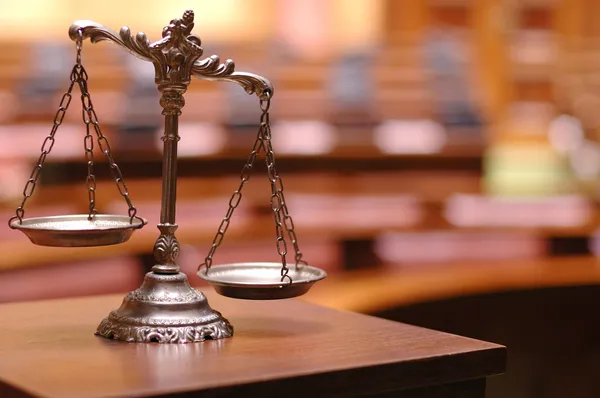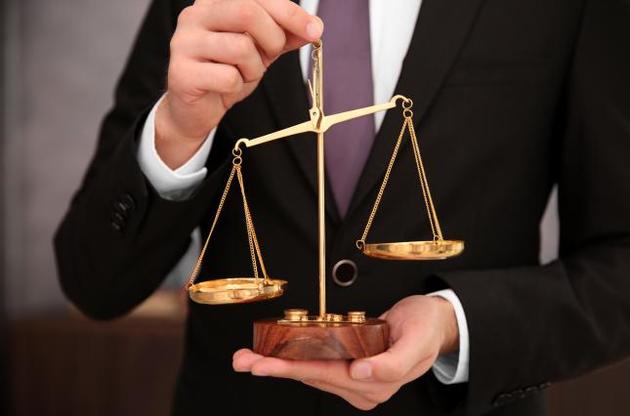In 2021, the U.S. Supreme Court made a decision that will be a milestone in the development of the doctrine of “fair use” (fair use). In April, he put an end to the legal dispute between Oracle and Google, which had dragged on for almost 11 years (case details). There are two points of note in the decision. First, the court recognized that verbatim copying of someone else’s program code can be recognized as an acceptable use that does not require the consent of the copyright holder. Secondly, the reasons why the court came to this opinion clearly showed the acute conflict brewing in connection with the application of the concept of fair use.
After acquiring the rights to Android in 2005,
Google entered into negotiations with Oracle (then Sun) to license the entire Java platform for use in Android smartphones. Without reaching an agreement, Google developed its own analogue of the platform. But I borrowed from the 37 Java API packages the system of naming tasks, classes and packages (declaring code) used to designate Java functions. This made it much easier for Java programmers to work with the Android platform. Years of litigation began. The court of first instance sided with Google, recognizing its actions as fair use. The Court of Appeal did not agree with him. The Supreme Court again called the use of someone else’s code fair because it was transformative. There is a problem with this.

The transformative use criterion was first applied by the U.S. Supreme Court in 1994 in Campbell v. Acuff-Rose Music Inc. as part of the first fair use factor (purpose and nature of use). Borrowing of another’s work is recognized as transformative if it is accompanied by a change in the mode of expression, meaning or message of the original in order to transform the purpose or nature of its use. The Supreme Court emphasized that while the finding of this criterion is not necessary for fair use to be considered, “it is the creation of converted works that most often contributes to the achievement of the purpose of copyright, which is to promote knowledge and the arts.” Since that time, the new criterion began to spread with increasing acceleration in judicial practice and legal science. So today, many legal scholars are seriously worried that he has essentially supplanted the rest of the factors, replacing the entire doctrine of fair use.
Empirical research confirms these concerns.
For example, in 2019, a panel of experts, after analyzing 26 years of jurisprudence, asks the question “Is transformative use really consuming the world?” and responds positively. They found that, in general, the courts found fair use in only 50% of cases where this doctrine is considered. The prevailing influence on the opinion of the court is exerted by the “transformative use” subfactor: if the court recognizes the actions of the party as transformative, then the use will be recognized as fair in 90.79% of cases, and vice versa, if the actions are not recognized as transformative, then the chances of winning are low. This suggests that the role of other factors of the doctrine is extremely insignificant. They have an effect if the parties to the case do not raise the question of the transformative nature of the use. Otherwise, the answer to this question may determine the outcome of the whole case, regardless of the court’s conclusions regarding other factors of the doctrine.
The expansion of the criterion of “transformative use” creates difficulties in the implementation of other legal norms (aggravating the conflict with the author’s right to create derivative works), takes some areas of art out of bounds (such as the art of appropriation) and makes it difficult to apply the doctrine of fair use in the field of software (where changes borrowing is often minimal to retain the desired functionality). The latter situation was faced by the Supreme Court in Oracle v. Google. Lawyers have been waiting for a long time for the Supreme Court to intervene and correct the imbalance in the practice of applying fair use. But it seems that his latest decision will only complicate matters. Although Google developed most of the platform itself, the rest was borrowed from the Java API unchanged and for exactly the same purposes. Seeing this as a transformative use is extremely difficult. It would seem that this is a convenient occasion to rethink the role of the criterion in the general concept. But the Supreme Court, by a vote of 6 to 2, confidently held that it was transformative use that took place in the present case. The rationale for this is very peculiar. The Court noted that the use of almost any borrowed elements of computer programs is for the same purposes, so the restrictive interpretation of “transformative nature” would deprive many software developers of protection. Therefore, it is necessary to interpret it even more broadly. Therefore, even if Google borrowed someone else’s code verbatim and for exactly the same purposes, it helps numerous programmers to show their creativity (“unleash their creative potential”): they have invested serious efforts in learning the language Java, and Google’s actions have made it easier for them to transition to using their knowledge and experience on the original Android platform to create new creative products. A broad logical leap in the reasoning of the court is clearly visible – if before the behavior of someone who borrows someone else’s intellectual property could be recognized as conscientious and permissible only if the actions of this particular person were of a transformative nature, now it is enough that the transformative nature was found in the actions of which – or third parties who use a derivative product.

The court’s approach contrasts sharply with the position almost unanimously supported in the legal community: in 24 out of 27 amicus curiae sentences, authoritative jurists and practitioners recommended that the court recognize computer program interfaces as generally not subject to legal protection, or due to the lack of technological alternatives to performing such functions (the merger doctrine), or by virtue of the principle of non-protection of systems and methods of transactions. The same position was most often supported by the US district courts, which considered disputes about software interfaces. Indeed, this position seems to be more balanced and convincing: it limits the overly broad scope of copyright in relation to the functional elements of computer programs, leaving sufficient space for the creative searches of subsequent developers, while the boundaries of such a space are more clearly delineated than the vague doctrine of fair use allows. But the U.S. Supreme Court went in an original way, exacerbating two contradictions at once: it effectively recognized that programming interfaces, contrary to popular belief, are subject to legal protection, and also increased a dangerous bias in the application of the first factor of the fair use doctrine.
The fallacy of the reasoning of the Supreme Court is clearly illustrated by the judges who wrote a dissenting opinion to the decision.
They suggest imagining a hypothetical situation where a large theater wants to release a play that is successfully staged on the stage of some small theater. But instead of acquiring the rights to the production, representatives of a large theater decide to copy its main parts and poach actors from a small theater. At the same time, they justify their actions by saying that the actors have already invested serious efforts in memorizing the old play and rehearsing the scenes, and it will be much easier for them to play the same thing in a new place, which, thanks to better funding and support, will help them to reveal their talents. Therefore, the judges conclude, one cannot justify the borrowing of other people’s protected works simply by referring to the fact that third parties have already invested in studying them or it will be easier for them to create something new. A similar twisted logic could be applied to many creative outcomes. For example, film studios would start filming books without the consent of the copyright holders, because in this way they allegedly help the emergence of new creative objects: movie reviews, merchandise, collections of “best movie moments” on Youtube, television interviews, etc. The judges in the dissenting opinion also emphasize that a work can be called new (by virtue of its transformative character) only if it pursues a fundamentally different goal in comparison with the original. Simply placing a work in a new context for the same purpose leads to a derivative work, but not a “transformed” one.
There is reason to believe that in the future the fair use doctrine in the United States will be adjusted in order to somehow resolve the accumulated contradictions. In the meantime, the situation with it once again reminds us that legislators cannot delay long overdue reforms of copyright. The action of even the best mechanisms changes over time, and not always for the better for society.
